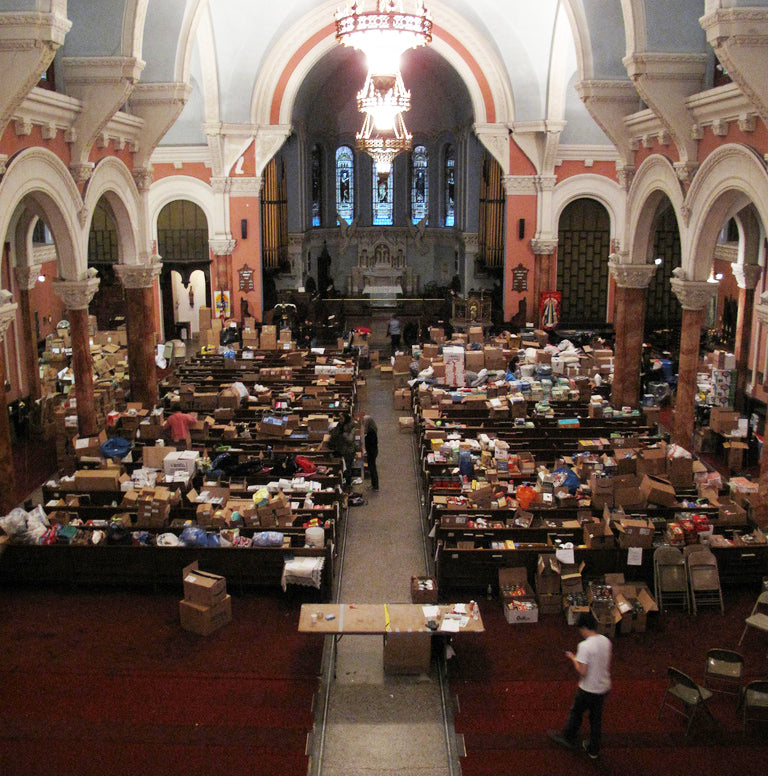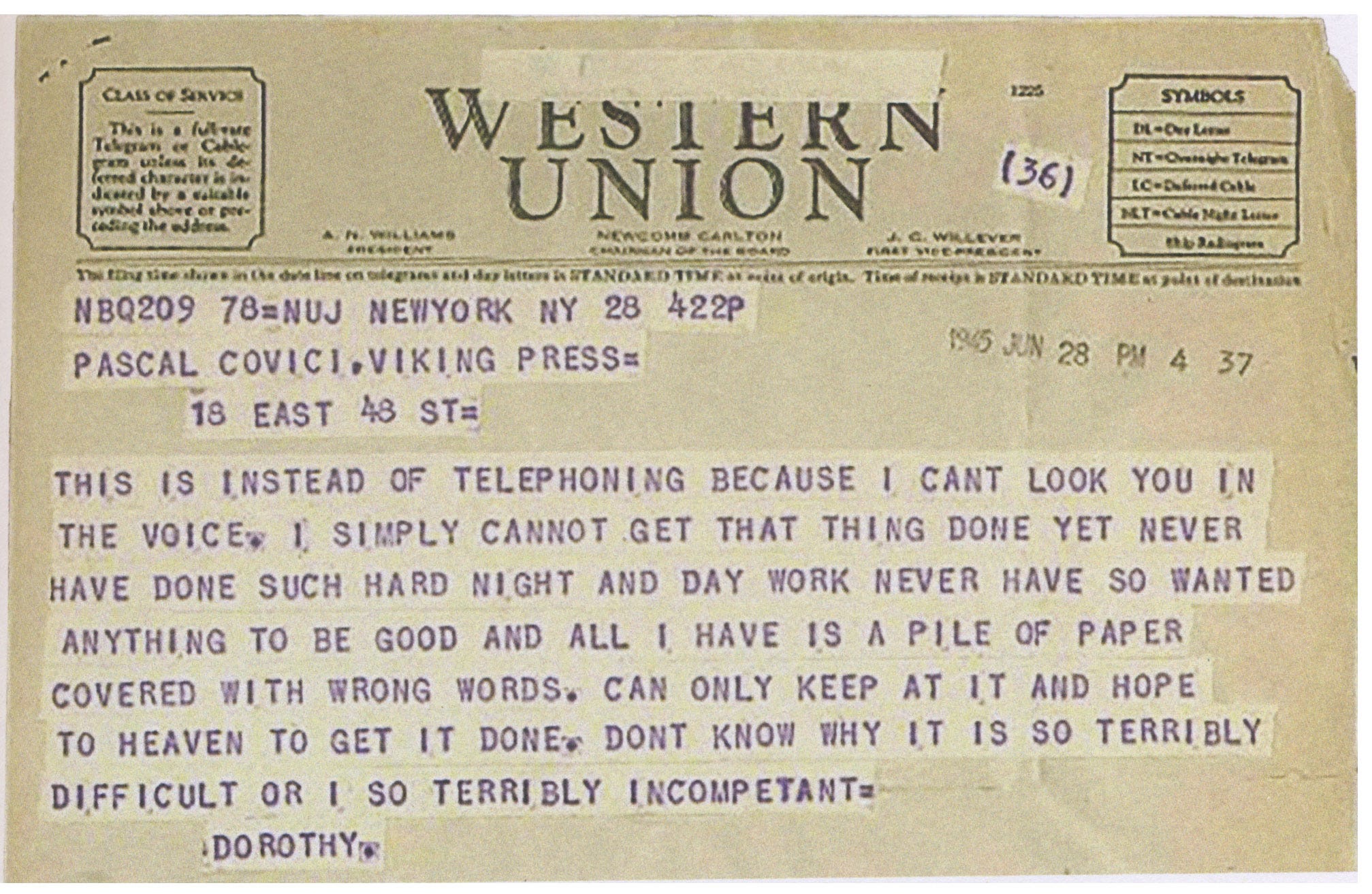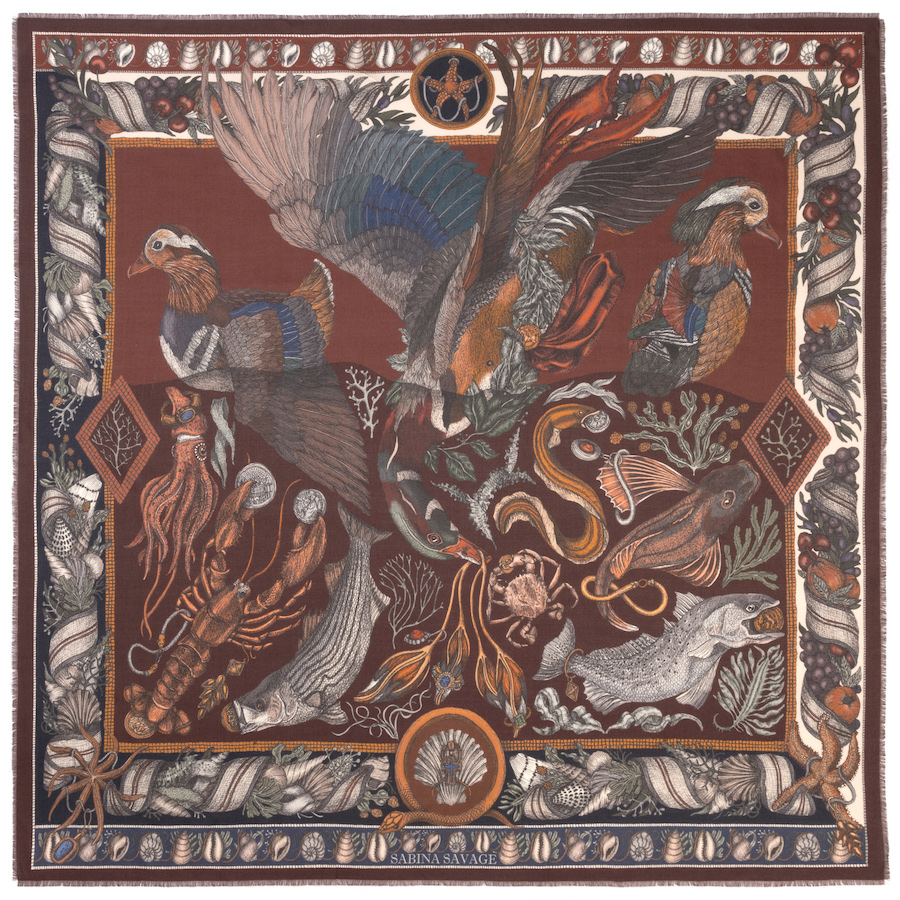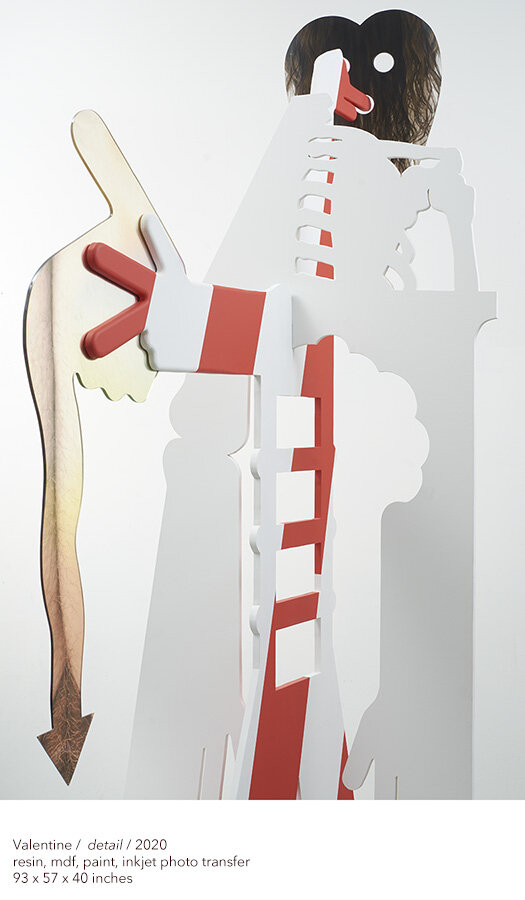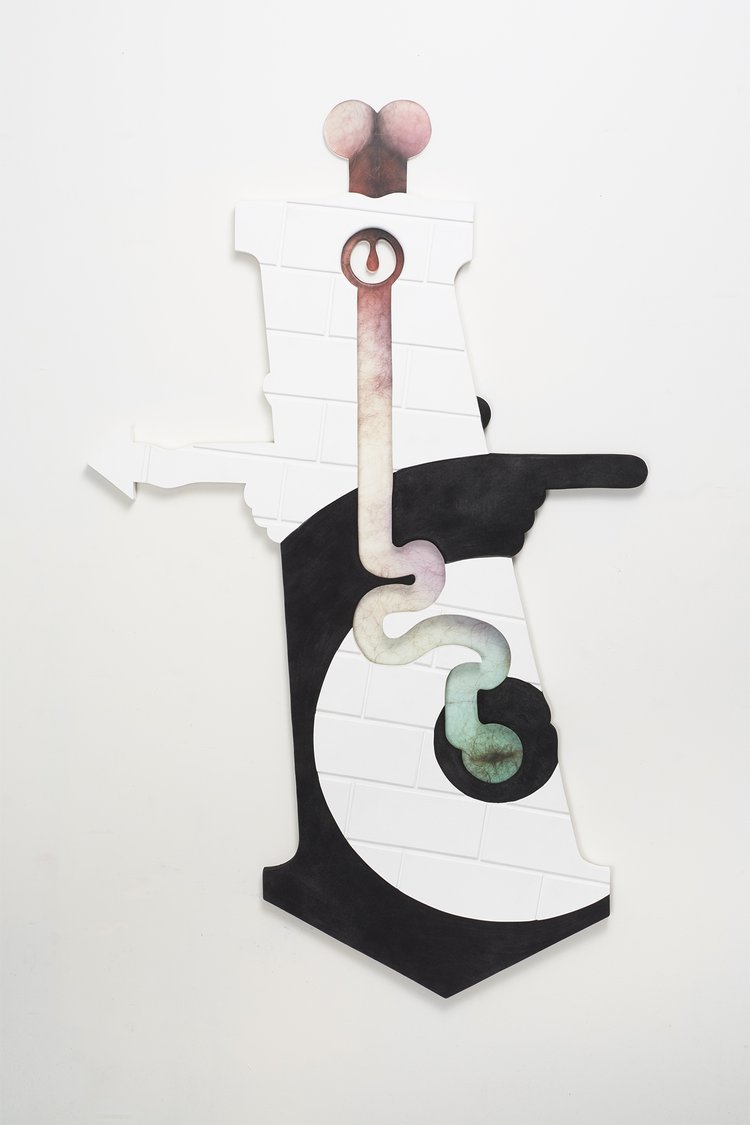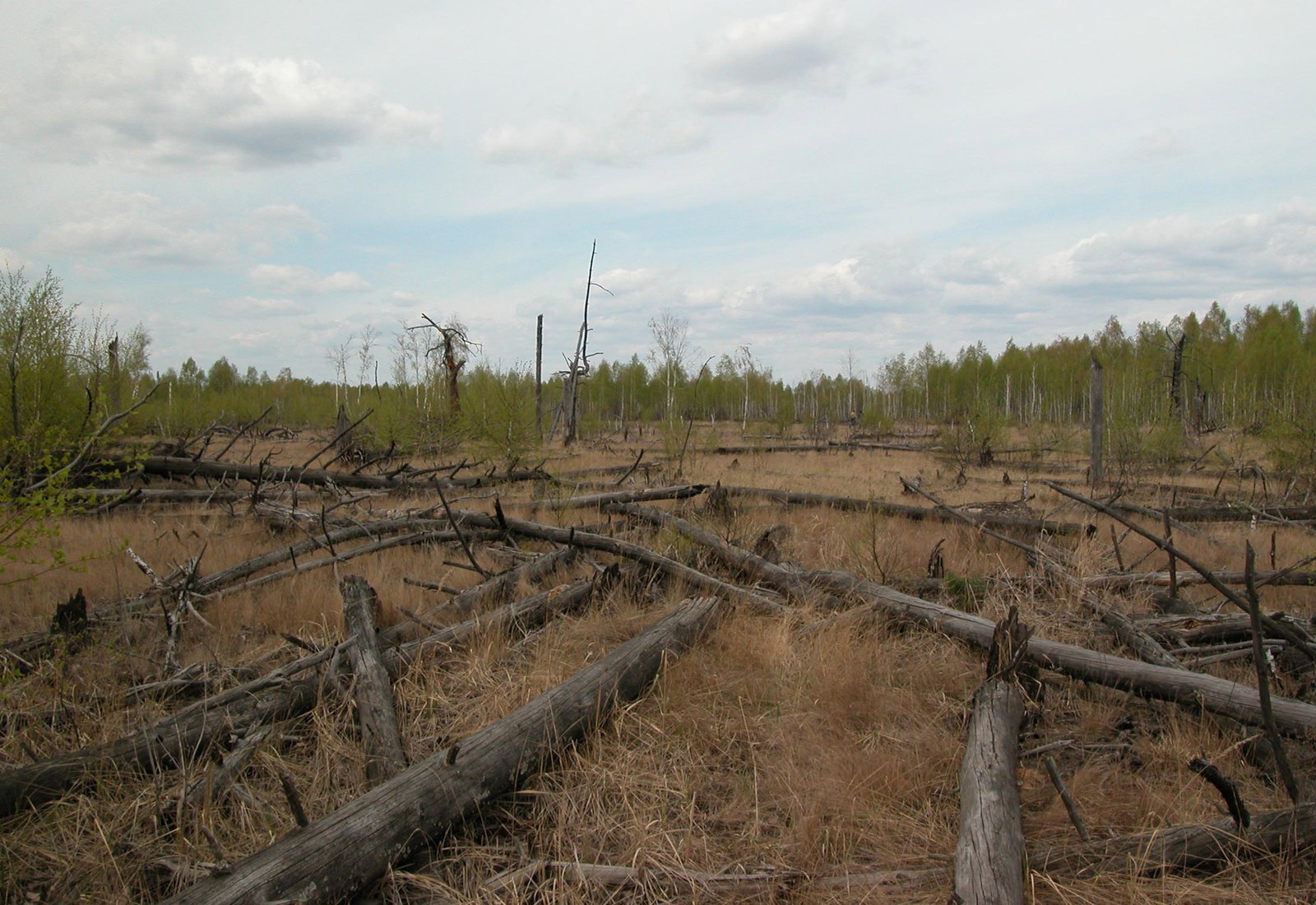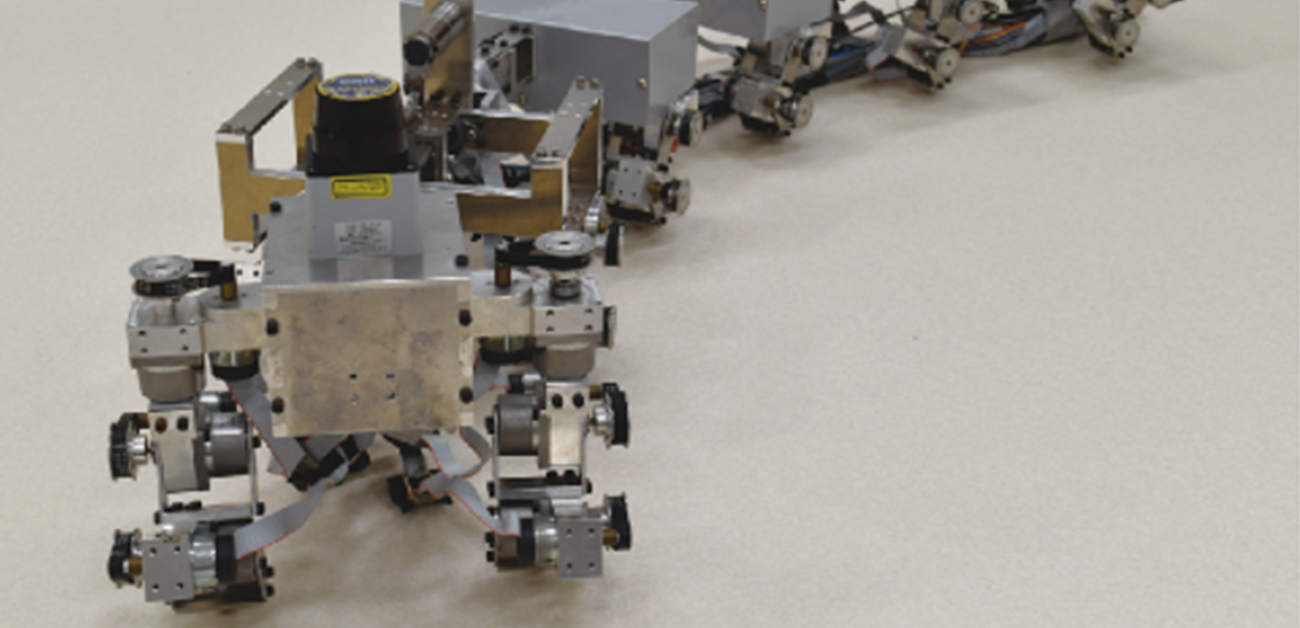I can only suppose it was intentional that Simon Jenkins chose to dedicate his Easter weekend column in the Guardian to the decline of organized Christian religion in these isles — and if so, fair shout, I guess. What’s curious, though, is that he devotes most of his space to exploring what is surely one of the less ob
All posts by keith
MIT engineers create an energy-storing supercapacitor from ancient materials | MIT News | Massachusetts Institute of Technology
MIT engineers created a carbon-cement supercapacitor that can store large amounts of energy. Made of just cement, water, and carbon black, the device could form the basis for inexpensive systems that store intermittently renewable energy, such as solar or wind energy.
Dorthy Parker
In Praise of Public Libraries | by Sue Halpern | The New York Review of Books
archived 7 Apr 2019 21:46:26 UTC
Source: In Praise of Public Libraries | by Sue Halpern | The New York Review of Books
Klinenberg is interested in the ways that common spaces can repair our fractious and polarized civic life. And though he argues in his new book, Palaces for the People, that playgrounds, sporting clubs, diners, parks, farmer’s markets, and churches—anything, really, that puts people in close contact with one another—have the capacity to strengthen what Tocqueville called the cross-cutting ties that bind us to those who in many ways are different from us, he suggests that libraries may be the most effective. “Libraries are the kinds of places where ordinary people with different backgrounds, passions, and interests can take part in a living democratic culture,” he writes. Yet as Susan Orlean observes in her loving encomium to libraries everywhere, aptly titled The Library Book, “The publicness of the public library is an increasingly rare commodity. It becomes harder all the time to think of places that welcome everyone and don’t charge any money for that warm embrace.”
Juxtapoz Magazine – Sabina Savage’s Fairy Tales in Silk
Juxtapoz Magazine – Review: Everything is Boldness with Emilio Villalba @ Dolby Chadwick Gallery, San Francisco
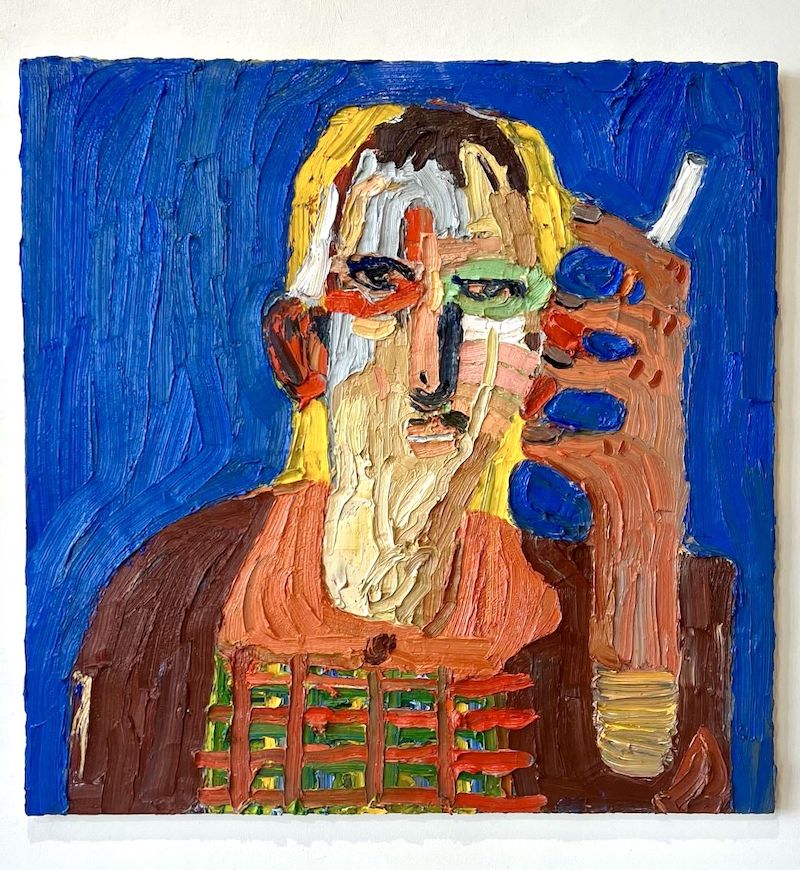
San Francisco based painter Emilio Villalba exhibits a series of twenty-five new paintings (oil on canvas works dated 2023) at Dolby Chadwick Gallery, along with a series of acrylic paintings primarily on canvas paper. Many of the works feature his wife Michelle Fernandez Villalba (a recurring subject for the artist), and various associates including his close friend Jason Crase, along with self portraits in various poses, often holding a cigarette in his hand. Sensuous qualities of thick paint characterize the body of work, revealing an artist looking for new ways to convey the human experience and its varied emotions. Many of the pictures include vernacular settings, filled with elements of domesticity and immersed with familiarity. Ordinary objects like a coffee mug, toothbrush, fixed-line telephone, and bowl of fruit are among the many things depicted.
Although painted thickly, the resulting colorful pictures explore how to render the human figure with bold gestures and deceptively simple brush work. There is an acceptance, near synthesis, of the language of abstraction, specifically Expressionism, as Villalba alternates between thick swathes of impasto and carefully considered figural and spatial design. Evincing a sense of acute presence and awareness, viewers can imagine themselves in dialogue with the various personages depicted; life-size and bold renderings are the exhibitions’ hallmark. The gestural qualities of these paintings, comprising headshots, nudes, and semi-abstract faces and torsos, is apparent. Though applied abundantly, the economy of broad brush strokes interplays with unusual perspective and lines highlighting Villalba’s painterly intentionality. The exhibition at Dolby Chadwick invokes, and is in dialogue with, the work of other artists versed in this terrain, especially David Park and Joan Brown, who both utilized impasto to make brash and confident paintings.
Scientists use seaweed to create new material that can store heat for reuse — ScienceDaily
Scientists have created a new material derived from seaweed that can store heat for re-use. It could be used to capture summer sun for use in winter, or to store heat from industry that currently goes up the chimney, potentially slashing carbon emissions. The material is in the form of small beads made from alginate, which is cheap, abundant and non-toxic. It stores heat four times more efficiently than a previous material the team had developed.
Source: Scientists use seaweed to create new material that can store heat for reuse — ScienceDaily
WORK — KC CROW MADDUX kc crow maddux
Forests Around Chernobyl Aren’t Decaying Properly | Science| Smithsonian Magazine
It wasn’t just people, animals and trees that were affected by radiation exposure at Chernobyl, but also the decomposers: insects, microbes, and fungi
Source: Forests Around Chernobyl Aren’t Decaying Properly | Science| Smithsonian Magazine
According to a new study published in Oecologia, decomposers—organisms such as microbes, fungi and some types of insects that drive the process of decay—have also suffered from the contamination. These creatures are responsible for an essential component of any ecosystem: recycling organic matter back into the soil. Issues with such a basic-level process, the authors of the study think, could have compounding effects for the entire ecosystem.
Robot centipedes go for a walk – ResOU
Source: Robot centipedes go for a walk – ResOU
Researchers at Osaka University develop a new centipede-like robot and show how its motion can be switched from straight and curved walking, which may assist with search and rescue operations or planetary exploration.
